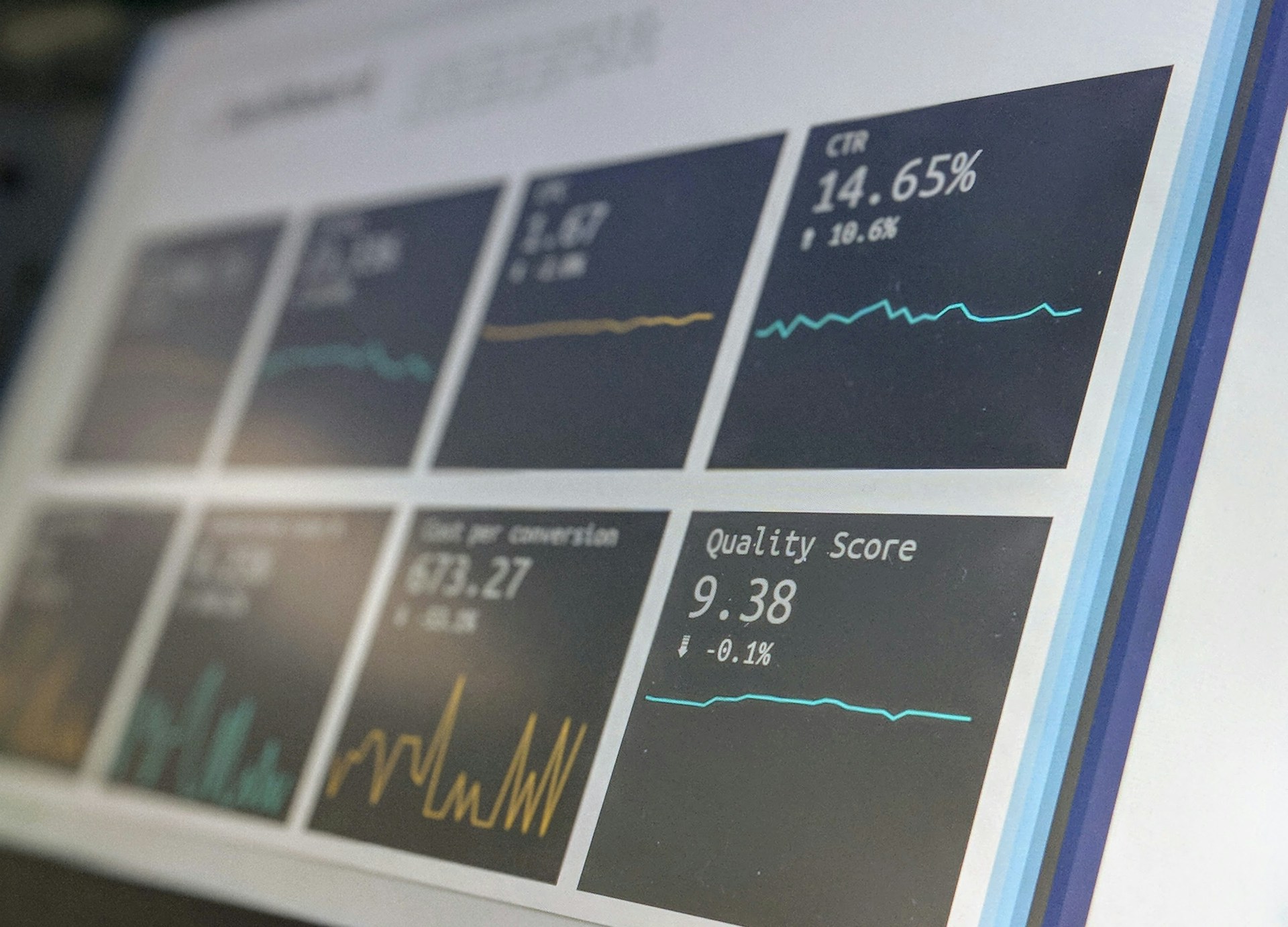www.thetraveldpt.com

Investment accounts I use as a Travel Physical Therapist in 2025
As a travel physical therapist, I manage my finances using a mix of investment accounts tailored for growth and flexibility. I contribute to a Roth IRA, take advantage of a traditional or Roth 401(k) when available, utilize a taxable brokerage account for additional investing, and use my HYSA for an emergency fund. For this blog, I discuss how each account works and more!
10/12/20253 min read
When you make good money as a travel physical therapist, you need to put it to good use. Since 2020, when I graduated from PT school, the inflation rate in the U.S. has been about 4.7% per year. Saving money is fine if you have a short- to mid-term goal such as building an emergency fund, a house down payment, a wedding, or a vacation. However, if you save long-term without investing, you are losing purchasing power because the cost of goods and services will continue to rise. You need to invest your money to actually grow your wealth!
Here are the investment accounts I use to buy index funds and ETFs (aka investing in the stock market) and the logic behind each as a travel physical therapist:
Traditional 401(k) or Roth 401(k)
Traditional 401(k) (tax-deferred account): You put in pre-tax dollars into the account, and you are taxed when you take the money out at retirement.
Roth 401(k) (tax-free growth): You put in after-tax dollars into the account, and the money grows tax-free, including when you withdraw it at retirement.
The majority of travel physical therapy companies will provide the opportunity to contribute to a traditional and/or Roth 401(k). Most companies will offer the traditional 401(k), but the Roth is less common. Differences between companies include how long you have to work before you are allowed to contribute, the vesting schedule, and the match amount, including when the match starts.
One limitation of a 401(k) is that the investment options are usually more restricted compared to an IRA or a brokerage account (discussed below). You’re often limited to the funds your employer’s plan offers, which may mean higher fees or fewer choices for diversification.
The maximum contribution for a 401(k) (excluding the employer match) in 2025 is $23,500. I would prioritize contributing to this account, especially if your company offers a match, because that match is essentially free money!
Traditional or Roth IRA
An IRA stands for an “Individual Retirement Account.” You can contribute up to the maximum each year, which is $7,000 for 2025. You can contribute to both a traditional and Roth IRA, but the combined contribution cannot exceed $7,000.
The traditional IRA works the same way as the traditional 401(k) in terms of taxes, and the Roth IRA works like the Roth 401(k).
If you are waiting to be eligible for a 401(k) or are taking time off from travel and still have cash saved up, this is an excellent option. IRAs also typically have more flexibility and lower fees. You can open an account through reputable companies such as Charles Schwab, Vanguard, and Fidelity.
You actually have until April 15 of the following year to contribute to an IRA for the prior year (e.g., you can start contributing for 2025 on January 1, 2025, but have until April 15, 2026).
As a travel physical therapist, I prioritize contributing to a Roth IRA because my taxable income is often relatively low and my stipends and per diem allowances are typically tax-free. By using a Roth IRA, I pay lower taxes now, and my investments grow tax-free, allowing me to accumulate a substantial nest egg by retirement.
Brokerage Account
A brokerage account is another type of investment account that offers more flexibility than retirement accounts. Think of it as a general investment account that is not tied to retirement. You are not penalized for early withdrawals, and you can invest as you please without contribution limits.
However, contributions are made with after-tax dollars, and the growth will be taxed when you withdraw it. The same companies above are excellent choices, but there are also others like Robinhood and Webull. I utilize this account after prioritizing a 401k (when available) and maxing out my Roth IRA.
High-Yield Savings Account (HYSA)
A high-yield savings account (HYSA) is a savings account that offers higher interest rates than a traditional savings account. HYSAs are ideal for emergency funds and relatively short-term savings goals (think a few months to a few years). You may utilize this account when saving up for a car, downpayment on a house, or an upcoming vacation.
The money will not grow like it would in a brokerage or retirement account, but it provides stability, especially if the stock market has a down year. You should have 3–6 months of expenses in this account.
Why I Ignore Bonds and Invest Only in Stocks
Long-Term Growth Potential: Historically, equities have outperformed other asset classes over long periods.
Inflation Hedge: Stocks often provide returns that outpace inflation, preserving purchasing power.
Dividend Reinvestment: Reinvesting dividends can significantly increase your total returns over time.
Liquidity: Stocks offer flexibility, allowing me to adjust my portfolio as my financial goals evolve.
While this approach exposes me to market volatility, my long investment horizon allows me to ride out volatility and capitalize on the compounding growth of equities (stocks). Additionally, keeping money in a HYSA adds diversification and helps you sleep at night during stock market downturns.
TL;DR
As a travel physical therapist, I use a mix of investment accounts to grow my wealth and counter inflation. I contribute to a Roth IRA for tax-free growth, take advantage of traditional or Roth 401(k)s when available through my travel company, invest through a brokerage account for flexibility, and keep cash in a high-yield savings account for short-term goals and emergencies. I avoid bonds and invest 100% in stocks for long-term growth, since I’m young and can tolerate market volatility.

